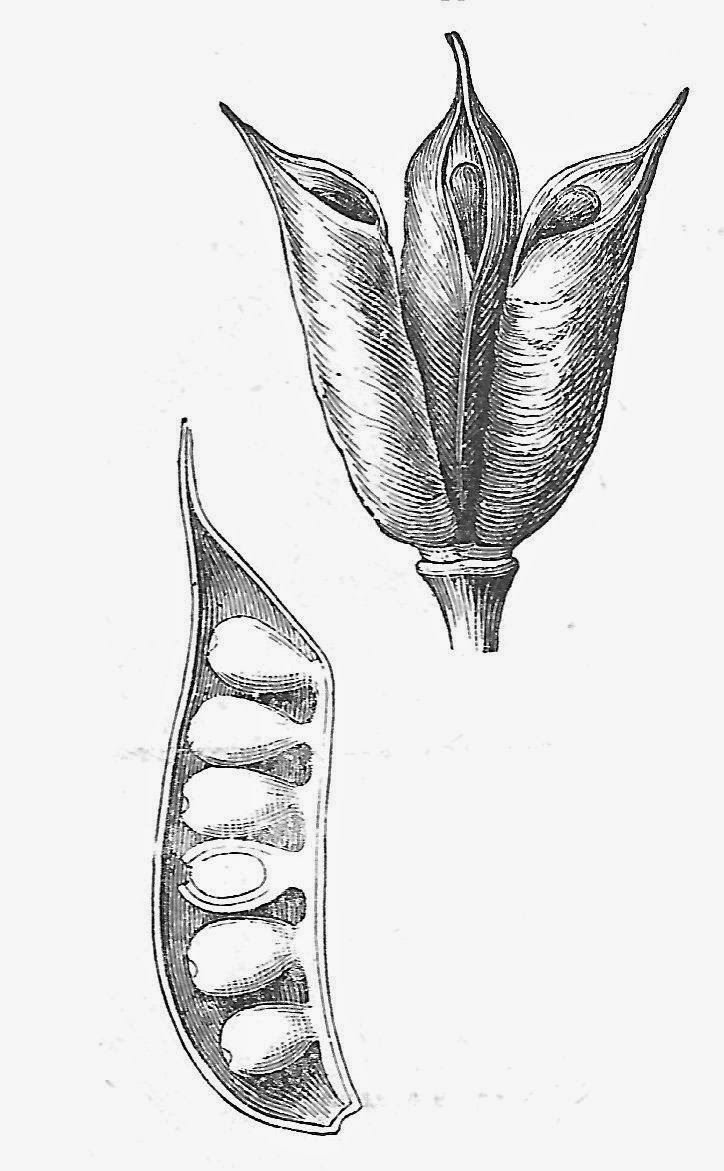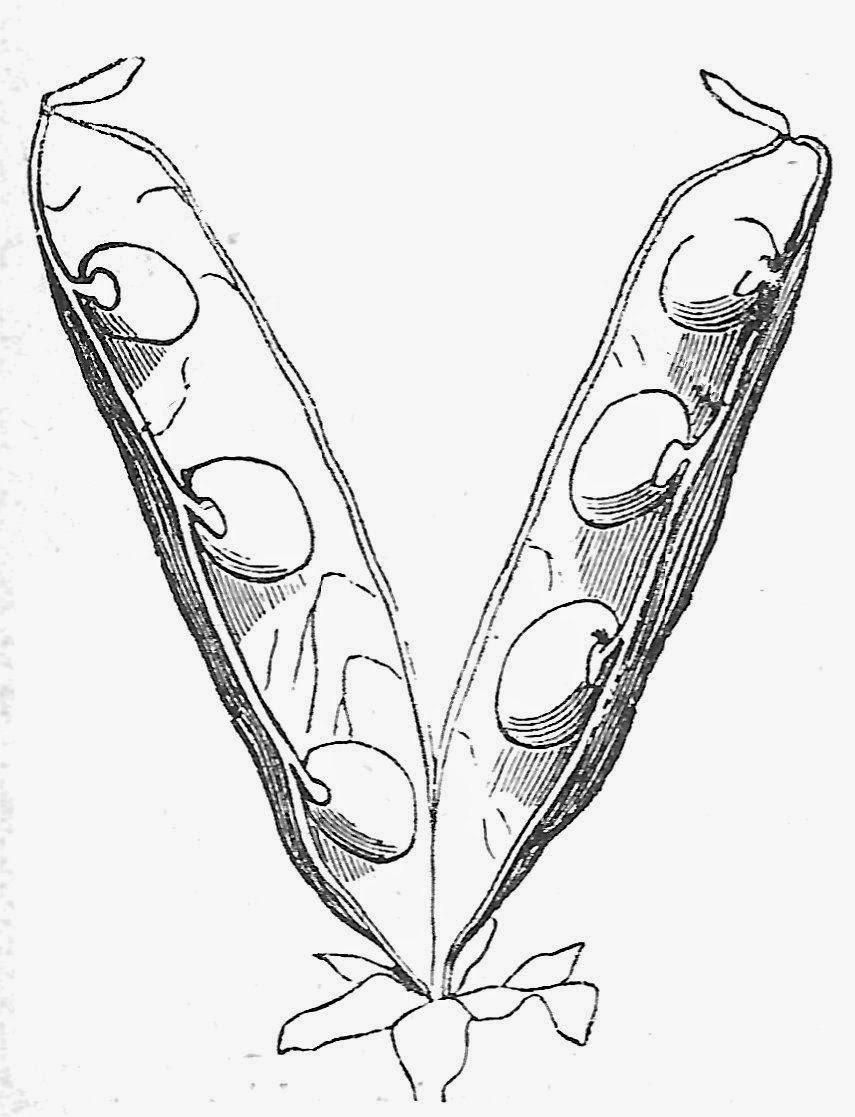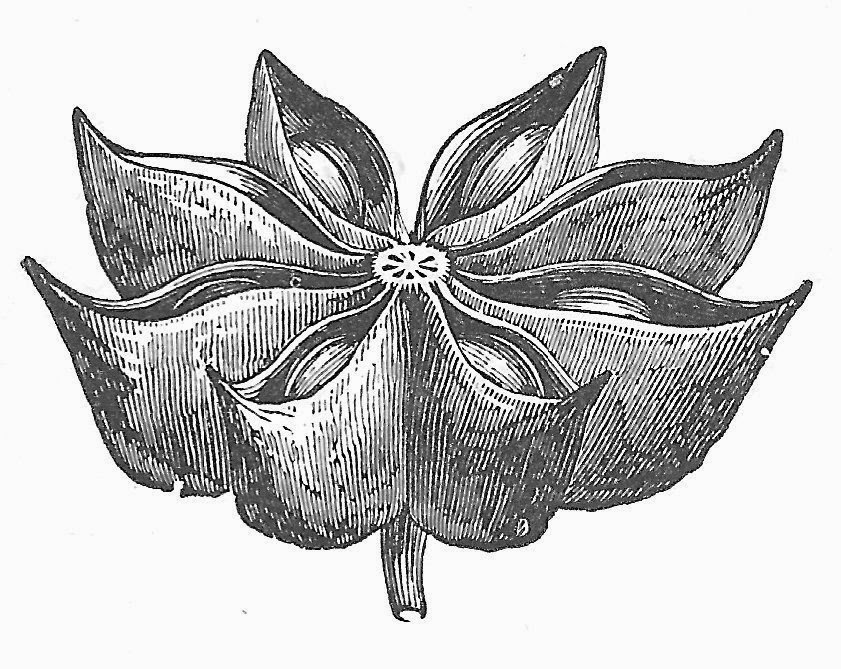Those of you who follow
this blog site regularly may be wondering where I've been for the past several
months. Aside from teaching this
semester and having to move my office, I've been finalizing the manuscript of a
new book: “Plant Life – A Brief History,” which will be published this winter
by Oxford University Press. My reason
for writing this book is the same as for doing this blog site – to explore the
mysteries of why plants are the way they are, and to help people around the
world to better understand this fascinating and important group of organisms.
I hope my efforts will
also contribute to the Botanical Society of America’s fight against “plant
blindness,” and its campaign to “reclaim the name” of botany. (go to http://www.botany.org/)
So what’s all that about? There has been
a serious decline in the teaching of botany in university biology departments
over the past 40 years. The reasons for that are complex, but primarily
the result of the burgeoning growth of cellular, genetic, and developmental
biology, as well as advances in theoretical ecology, that have come to occupy
an increasing share of an undergraduate’s budget of course requirements. This is on top of the traditional bias that plants
are less interesting or less important than animals.
Like fine arts and PE in
elementary schools, botany and other taxonomically defined classes are viewed
as luxuries that can be cut if needed – and they have been. In some
universities, even the introductory botany course has fallen by the wayside,
leaving only a week of plants in an introductory biology sequence. Even that is typically taught reluctantly by a
young (or old) faculty member who is only one chapter ahead of the students in
his or her own removal from plant blindness.
The excuse is often
given that “most of our undergraduates these days are pre-med.” That doesn’t
excuse a department from providing a well-rounded background for those who plan
to go into research or teaching.
Moreover, when courses in medical botany are offered, they are very
popular, and provide to our future doctors, nurses, etc., a vital broadening of
perspective on the nature of medicine.
Plant blindness then refers
to a general lack of awareness of plants, particularly of their diversity and
the many unique ways they contribute to the balance of the natural world, as
well as to our own societal and individual well-being. It is akin to other forms of blindness, like
the much deplored inability of young people to point out Iraq, or even Texas,
on a map. Our undergraduates, graduate
students, applicants for our vacant positions, and ultimately our fellow
faculty members increasingly have less working knowledge of plants.
There’s no question that
this is bad at all levels. At the
general level, failure to understand both the fundamental biology of plants,
and the significance of plant diversity, leads to superficial and erroneous
interpretation of environmental issues, abuse of our food supply chain, nutritional
and medicinal resources, poorly designed and maintained landscapes, and
numerous other issues vital to our survival. K-12
teachers turned out by universities without a good background in plants will
reinforce and amplify the blindness.
At the professional
level, biologists may overlook cellular, genetic, and developmental processes,
or environmental adaptations, unique to plants.
Consideration of how plants do things can provide a breakthrough when
animal or microbial models hit a dead end.
A great comedian draws upon his or her own accumulation of diverse
observations of culture and human behavior to synthesize a unique and
entertaining routine. A master medical
diagnostician draws upon a vast pool of specific information about symptom and
their causes, to identify and cure an ill patient. And so too, the most brilliant and
imaginative biological researcher will draw upon his or her knowledge of
diverse organisms to ask new questions, or to find different solutions to
existing questions.
We must of course teach critical
thinking and the scientific method in science, but there must also be a place for
teaching awareness of diversity, and providing opportunities to build a pool of
knowledge about different organisms.
In addition, the lack of
awareness of plant diversity and the fact that every species interacts uniquely,
whether subtly or dramatically, with its environment can lead to serious errors. It can lead researchers to oversimplify the
role of plants in ecosystems, or worse to fail to obtain accurate
identifications of the plants studied (see Bortolus 2008, for some classic
blunders). Misidentification links the
study plants, as well as the results of the study, to the wrong body of
literature.
The “reclaim the name”
movement reflects the parallel decline of respect for botany among our
biological colleagues, and the impression that botany as a subject matter is
old-fashioned and no longer important. Will
a name change help? It seems that
everything in our society gets renamed every few years in order to buy new
respect. Used cars are now “pre-owned”
and I’m not sure what graveyards are called these days. Some of my colleagues insist that we call our
discipline “Plant Science,” but to me that has an applied, agricultural ring to
it. I haven’t seen any of my zoologist
friends opt for “Animal Science,” which if I remember correctly from my years
at Cornell is the study of dairy cows!
The counterpart to
zoology is “phytology,” which has never caught on as the name of our
discipline. If we ditch botany, what do
we do with botanical gardens? “Plant
gardens” just sounds dumb, and people would just drive past a ”phytarium,”
having no idea what the heck it was.
I, for one, am a BOTANIST.
The term botany has
indeed evolved into something that encompasses the big picture of plant life, of
the unique attributes that unite plants, as well as of the multiplicity of
unique ways in which plants have adapted for survival. This is what distinguishes those of us who
call ourselves botanists from cell biologists, geneticists, etc. who happen to
be working with plant models at present.
Being a botanist, however, is not a research specialty, but a label that can be
appended to any researcher who has had a broad training in botany, and/or a
sufficient interest in the big picture to self-educate.
That broad training – a full
curriculum in plant anatomy, morphology, physiology and taxonomy, is harder to
find these days, but does survive in departments
affiliated with agricultural colleges and a few other refuges of enlightenment. Let’s hope they continue the tradition!
So outside of those botanical
monasteries, what do we do with our 15 minutes in the spotlight? What are the essentials of botany that every
undergraduate should have? Earlier, I
posted the “Essential
features of plants.” Those, at least,
we need to impart in our week in introductory biology. We need to avoid getting bogged down at that
level in too much descriptive details, but perhaps demonstrate, with some well-chosen
examples, how different plants can provide radically different
solutions to the same problems of survival.
If we are able to provide a full
semester introduction to botany, we should do so aimed at a broad audience of
science majors, from biology to geology and anthropology, with minimal
prerequisites. Beyond that, botanists in
our faculty can craft more specialized courses based on their own background
and experience.
The introductory course, beyond the
essentials, will have an emphasis on evolution, diversity and ecology. Discovery and
explanation of adaptive differences among plants is what makes botany so
exhilarating, and what can come as startling revelations to the plant blind. Again, we must pull back a bit from the
details that fill textbooks designed for botany majors.
I leave you with a
simple comparison of plants and animals, which borrows from the biblical model
of “begats.” A framework like this can
serve as the starting point for a lecture, a class, or an entire botanical
curriculum.
For plants:
1. In the beginning was photosynthesis.
2. Photosynthesis begat indeterminate growth.
3. Indeterminate growth begat immobility.
4. Immobility begat hydrostatic engines, spores,
and passive defense.
5. Hydrostatic engines begat maple syrup, fresh
salad, bamboo, and venus fly traps.
6. Spores begat alternation of generations, pine
cones and orchids.
7. Passive defense begat curry, digitalis and
marijuana, as well as cactus spines and walnut shells.
 |
| The resources required for photosynthesis are diffuse: light and carbon dioxide from above, and water and minerals from below. How does that dictate virtually every aspect of plant biology? |
For animals:
1. In the beginning was the mouth.
2. The mouth begat food-sensing organs and
locomotion.
3. Food-sensing organs and locomotion begat the
head.
4. The head begat response, behavior, instinct,
sex, thought, and blog postings.
Finer iterations of this
model can lead us to understand the difference between Acacia trees and savanna
grasses, both struggling to survive in an African savanna, or the difference
between mussels and barnacles vying for a spot on an intertidal rock.
Your homework is to
think about these chains of cause and effect.
How does photosynthesis lead to curry?
I’ll return with a fuller discussion in the near future.
Literature cited:
Bortolus, A. 2008.
Error Cascades in the Biological Sciences: The Unwanted Consequences of
Using Bad Taxonomy in Ecology. Ambio 37 (2): 114-118.

















_fragment.jpg)





.JPG)

